Golden Algae, The Hidden Fish Killer
Prymnesium parvum is responsible for many fish deaths, but there are solutions.
By

The toxic golden algae Prymnesium parvum has been documented and implicated in numerous large-scale fish kills worldwide, resulting in significant monetary and ecological losses. Blooms have been found to primarily occur in small ponds in residential areas, golf courses, and the Intracoastal Waterways when temperatures are below 30⁰C (winter months) and salinities between 1 and 5 parts per thousand (ppt).
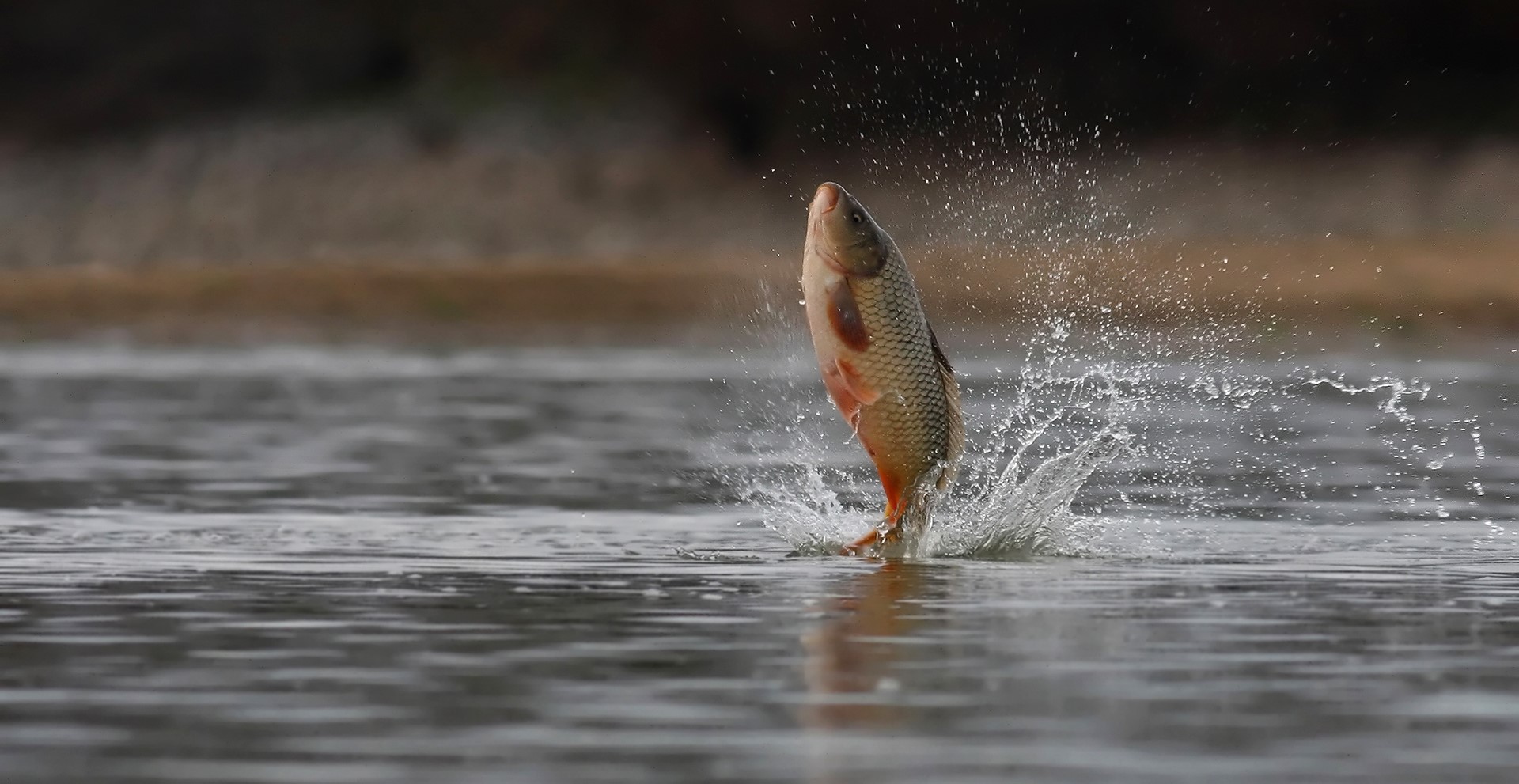
P. parvum has evolved to thrive in various ecological niches, making management difficult and deviating from conventional wisdom. For example, reducing nutrients (nitrogen and phosphorus) will not necessarily reduce P. parvum growth and can make the bloom more toxic.
Identification
If using a compound microscope, some of the key characteristics to look for are:
- the presence of a haptonema (a filamentous appendage arising between two smooth flagella)
- two elongated chloroplasts yellow to green in color, and
- equally sized flagella (12-15µm long).
Overall, P. parvum poses as a difficult species to identify.
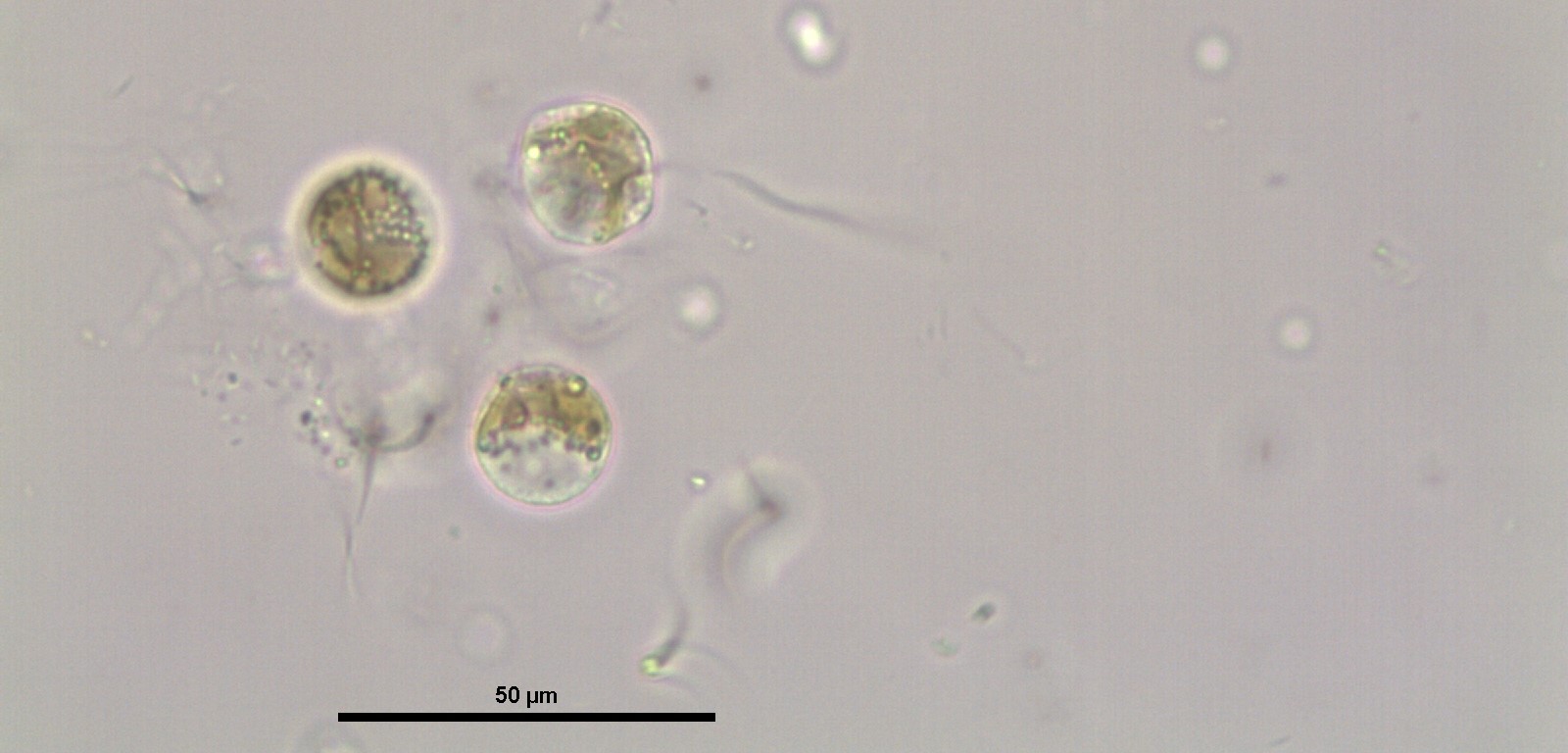
Key Environmental Requirements
- Macêdo et al. 2023 found that more than 1900 μS/cm conductivity encouraged the rapid growth of P. parvum. P. parvum temperature tolerance is between 5 and 30⁰C, with optimal growth around 15-26⁰C. Lysing of the cell wall occurred when temperatures rose above 34⁰C, and when temperatures fell below 10⁰C growth was severely limited (Larsen et al. 1998).
- P. parvum can obtain nutrients from both photosynthesis and by consuming prey (mixotrophy). Brooks et al. (2011) have described, “Individual cells can aggregate in ‘‘feeding swarms,’’ where they encircle and consume a prey organism already debilitated by toxins. Such predatory behavior tends to occur late in a bloom cycle as a strategy to obtain nutrients under depleted conditions (Brooks et al. 2011).” This is a competitive and aggressive species that is fit for survival in nutrient-depleted habitats, making management difficult.
- As light intensity increased, P. parvum increased its phosphate uptake speed from the environment, suggesting light intensity may also profoundly affect competition. However, there seems to be a balancing mechanism with respect to light intensity since excessive light intensity actually causes growth inhibition. Rahat and Jahn (1965) were the first to describe P. Parvum as having heterotrophic growth in the dark, but they noted that growth only occurred if high concentrations of glycerol were available. Once energy reserves were depleted, growth was slowed substantially, suggesting photosynthesis is the preferred metabolic pathway for bloom formation.
Prymnesin Toxin
- P. parvum secretes a potent exotoxin called prymnesin. The toxin is soluble in water and is not restricted to release during death or lysis of the cell. The harmful effects of prymnesin are due to its ability to increase cell membrane permeability and disrupt the cellular ion balance (Brooks et al. 2011). The toxin causes acute toxicity to any gill-breathing species, such as fish, mollusks, and arthropods, and to the gill-breathing stage of amphibians.
- The toxin is allopathic and can potentially change an entire phytoplankton community. Fistarol et al. (2003) found that cyanobacteria, dinoflagellates, and diatom cultures subjected to prymnesin all showed suppressed growth, with diatoms being the most sensitive.
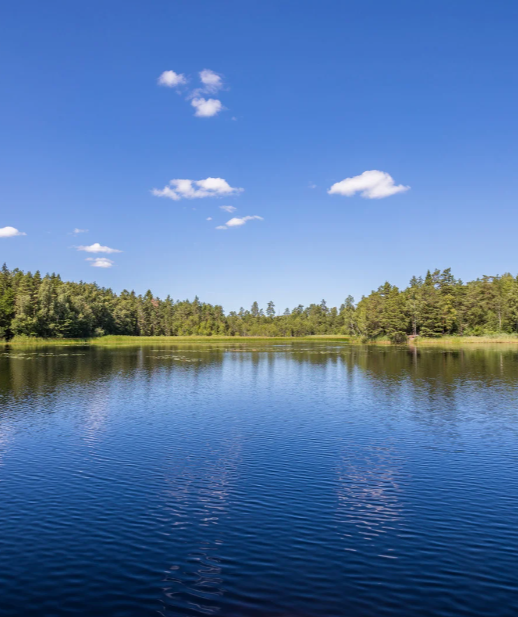
- P. parvum has also been shown to secrete more toxins when grown in nitrogen (N) and P-limiting conditions (Johansson and Graneli 1999). This may be another mechanism by which P. parvum can obtain nutrients when they have become limiting.
Control Options
Natural Lake Biosciences is actively researching P. parvum control strategies in the lab and the field. The best control methods thus far have been using algaecides mixed with biocatalysts (Pondzilla Pro and Aquasticker) for short-term control. Probiotics such as Muckbiotics, Temperature-Driven Solutions, and MetaFloc can help prevent bloom formation and prolong algaecide treatments. Watershed management of ions in a lake (maintaining well under the freshwater threshold of 1,200 µS/cm conductivity) greatly reduces the risk of P. parvum blooms.
Tip of the day:
Maintaining well under the freshwater threshold of 1,200 µS/cm conductivity can greatly reduce the risk of P. parvum blooms.
Related Products
AquaSticker
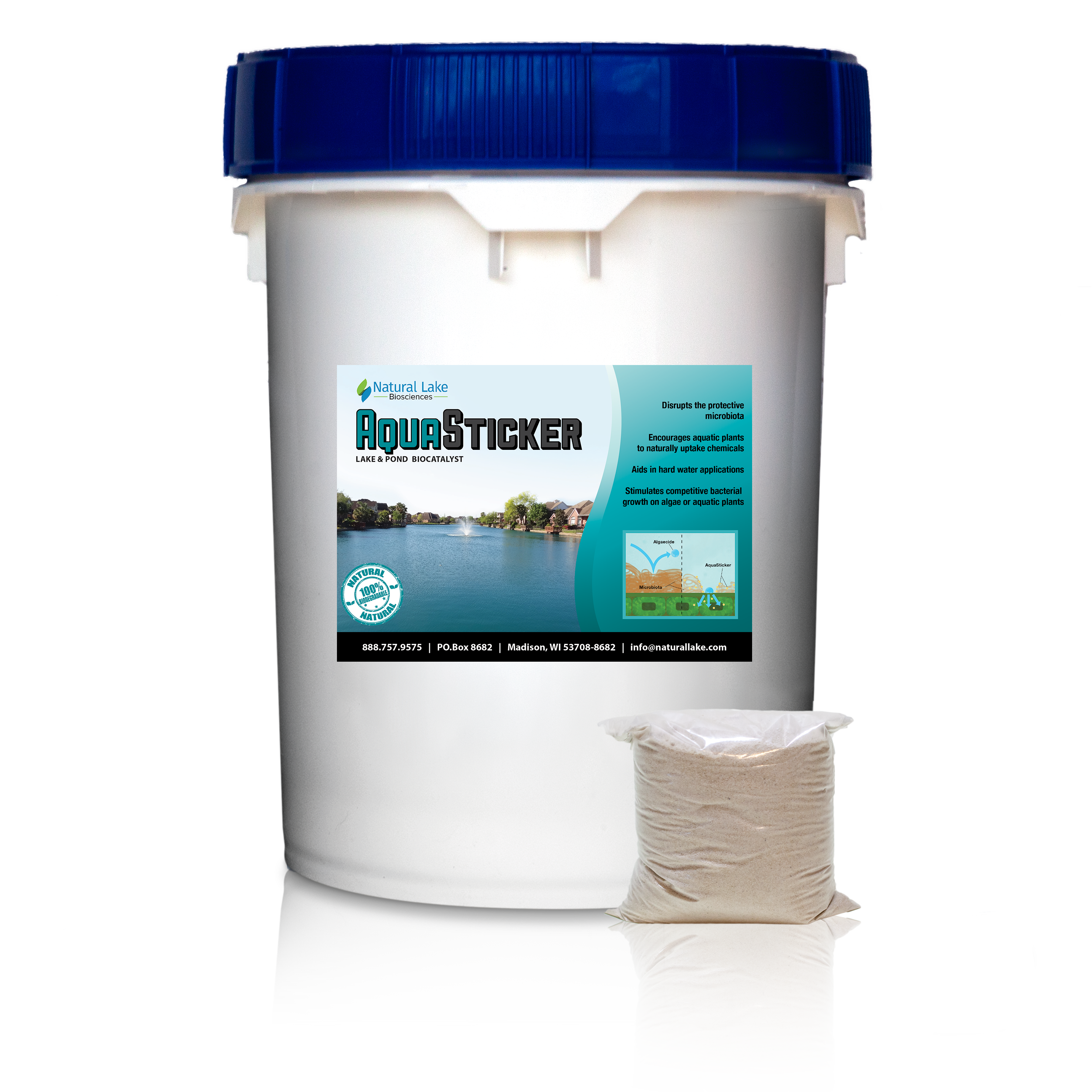
PondZilla Pro
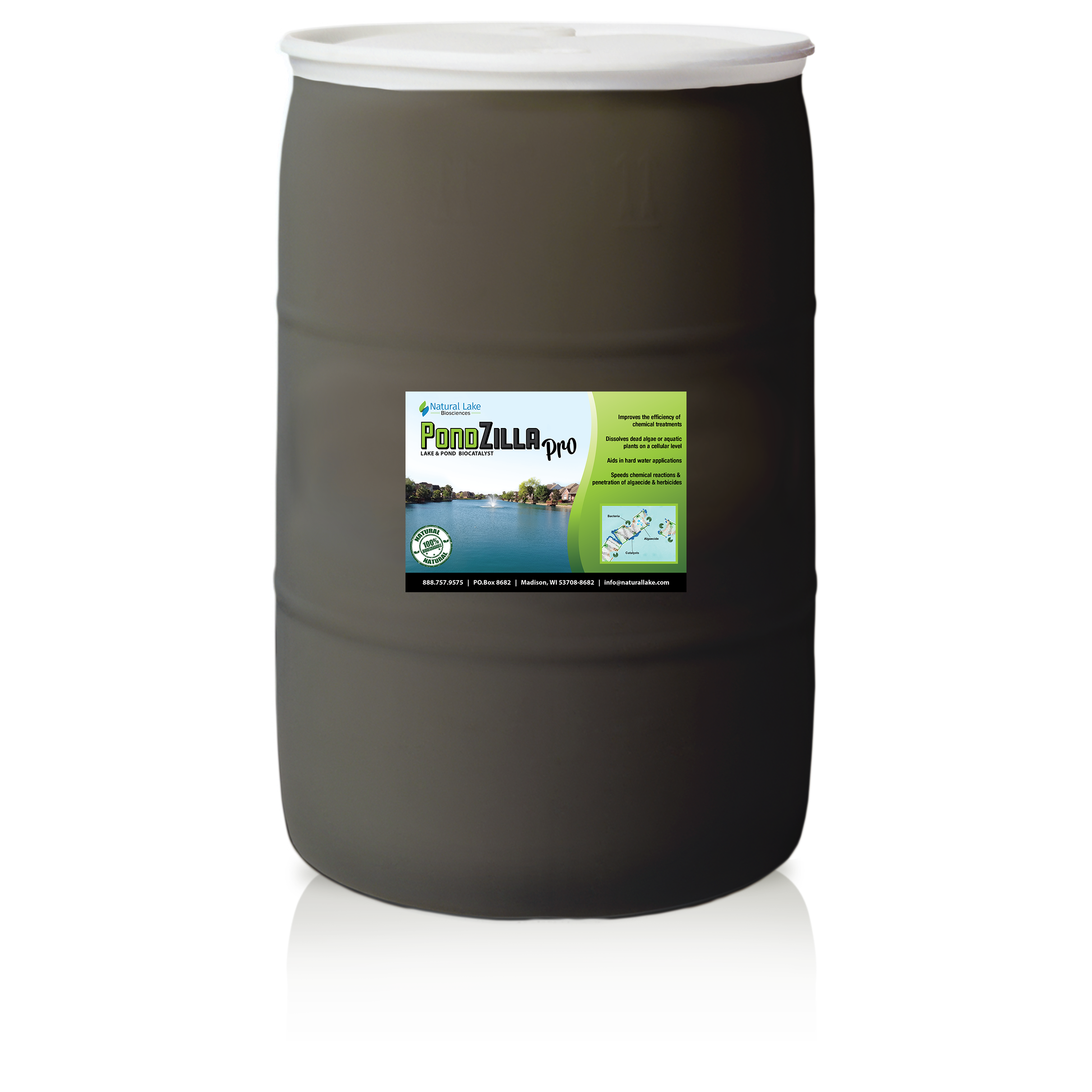
MetaFloc
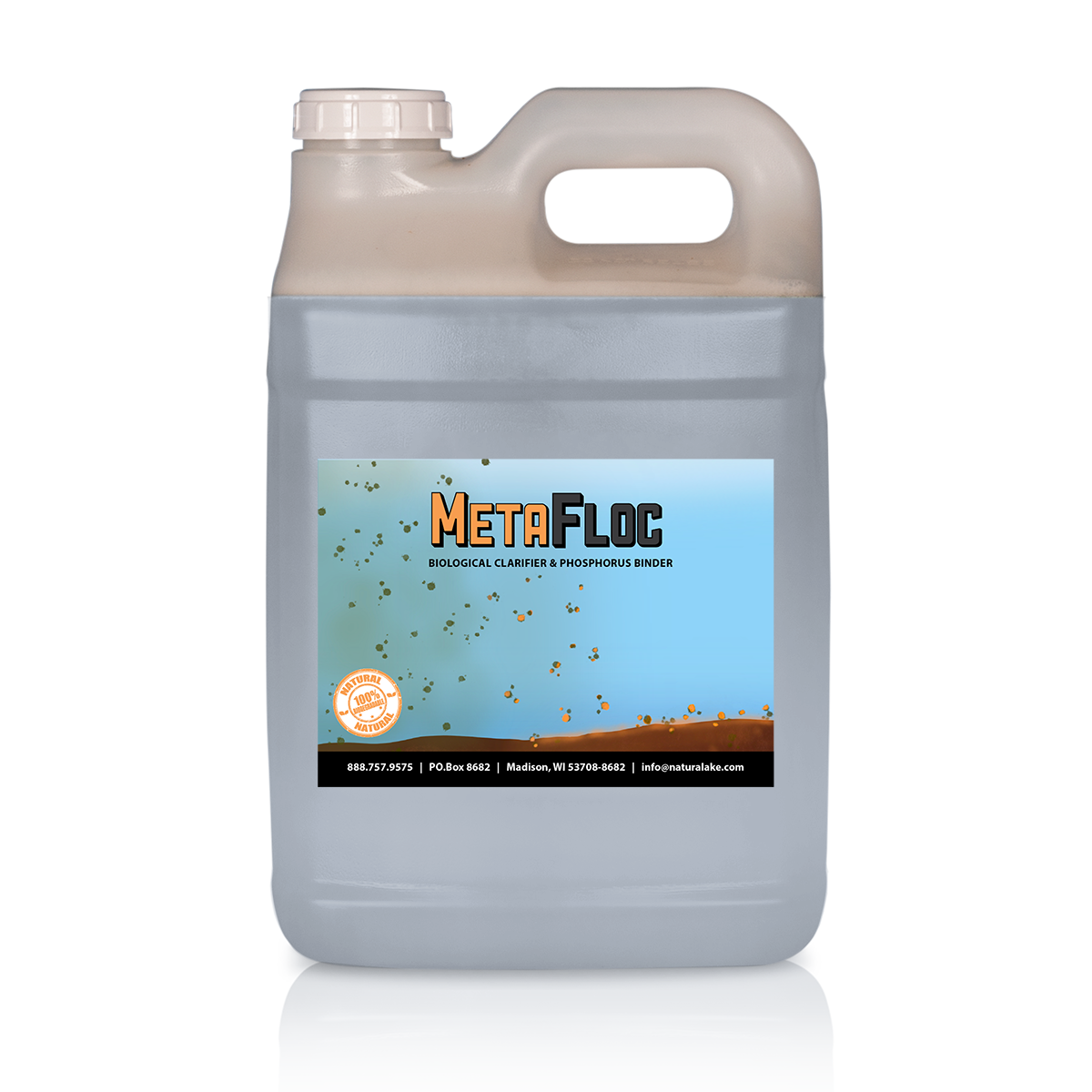

About the Author
Patrick Goodwin, M.S., CLM, serves as a Water Resource Specialist at Natural Lake Biosciences, bringing over a decade of expertise in water resource management. He specializes in collecting data to assess nutrient loading and its impacts on algal blooms and water clarity. With a proven track record of restoring numerous water bodies, Patrick is recognized as an authority in implementing oxygenation and circulation techniques.
Stay Up to Date With The Latest News & Updates
Subscribe Below for Natural Lake Biosciences Updates and Event Invitations!

0 Comments